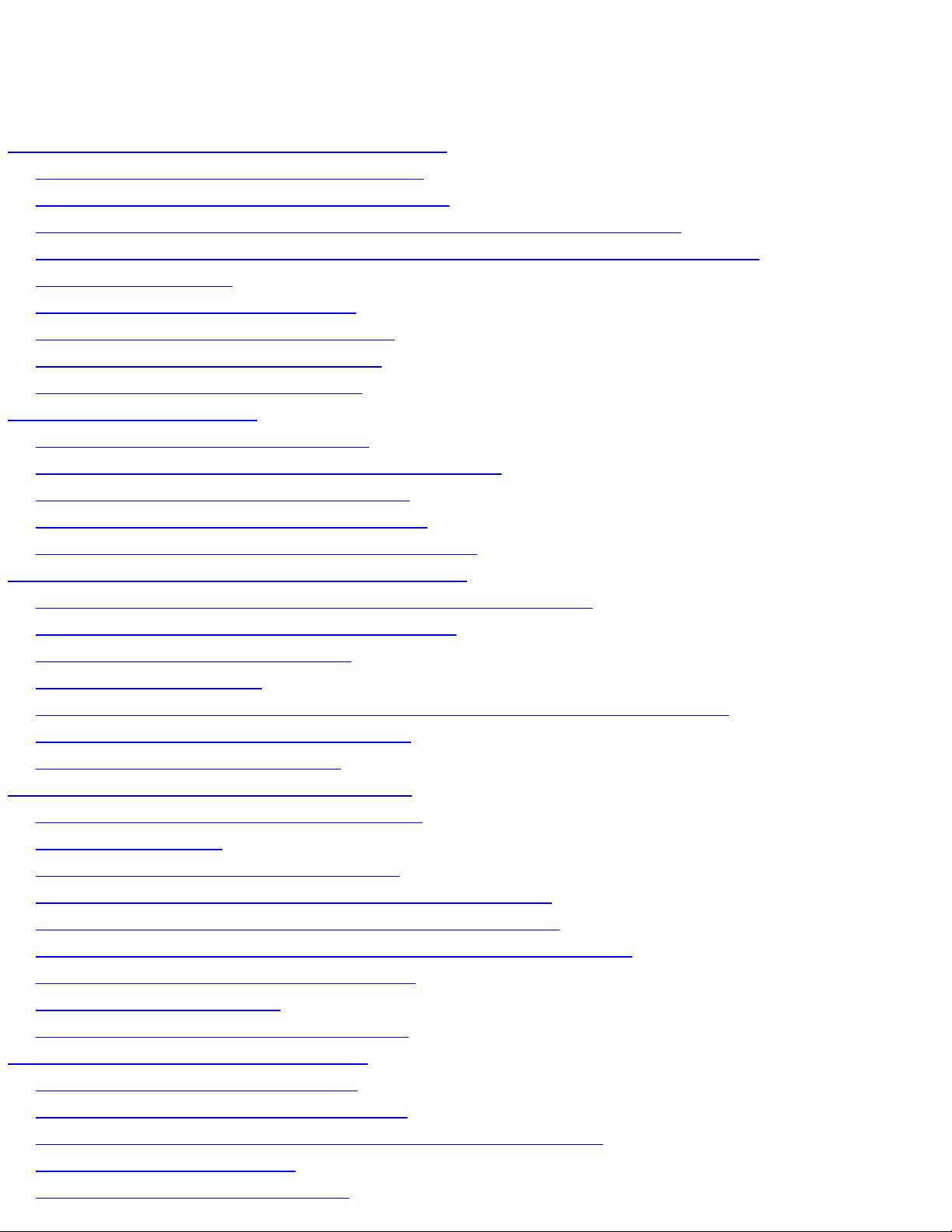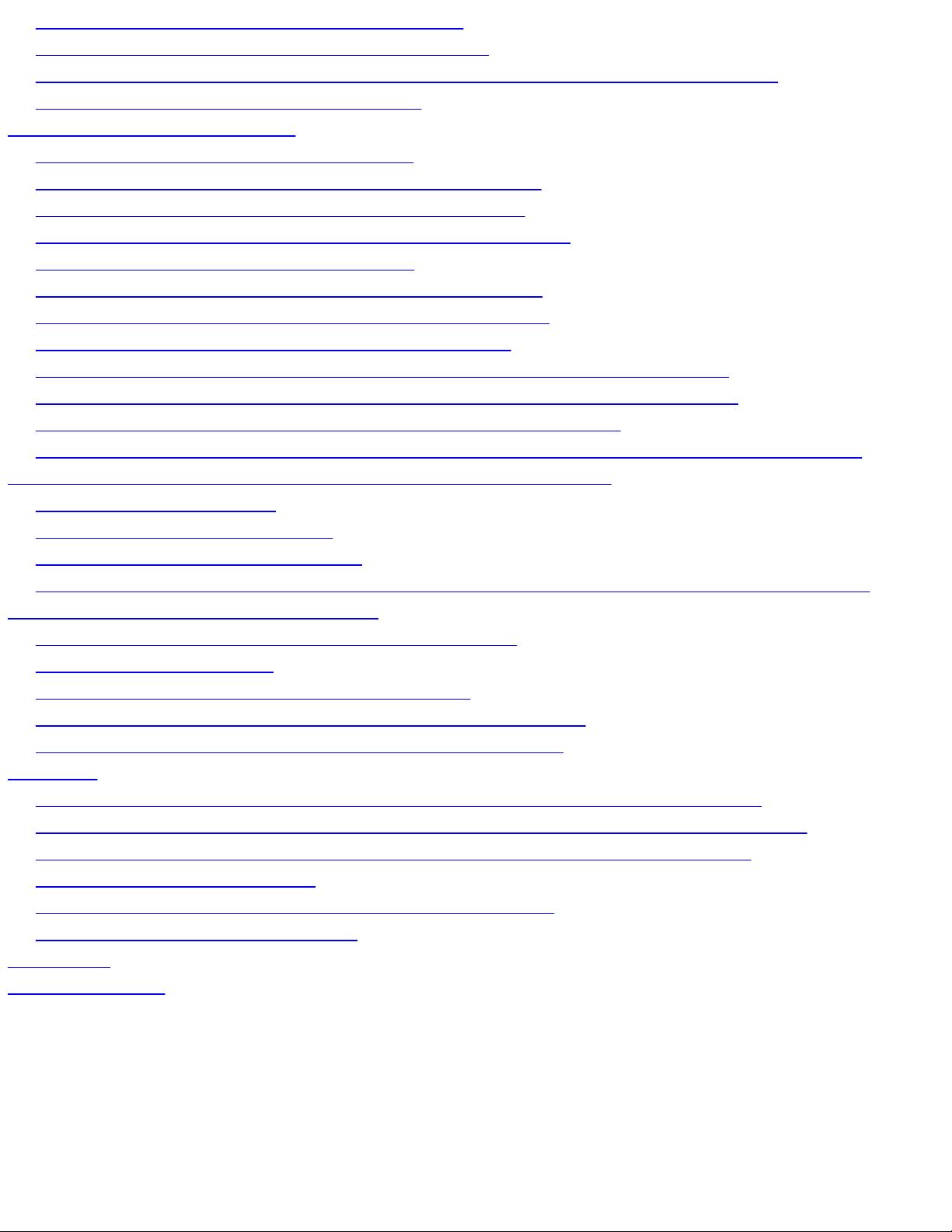没有合适的资源?快使用搜索试试~ 我知道了~
通信仿真好书SIMULATION OF DIGITAL COMMUNICATION SYSTEMS USING MATLAB
需积分: 3 5 下载量 119 浏览量
2024-03-01
10:01:36
上传
评论 1
收藏 10.08MB PDF 举报
温馨提示
仿真好书SIMULATION OF DIGITAL COMMUNICATION SYSTEMS USING MATLAB
资源推荐
资源详情
资源评论


SIMULATION OF DIGITAL COMMUNICATION SYSTEMS USING MATLAB
By
Mathuranathan Viswanathan
SECOND EDITION FOR KINDLE
* * * * *
PUBLISHED BY:
Mathuranathan Viswanathan at Amazon
Simulation of Digital Communication systems using Matlab
Second edition Copyright 2013 Mathuranathan Viswanathan
Second Edition for Kindle, License Notes
This ebook is licensed for your personal use only. This ebook may not be re-sold or given away to
other people. If you would like to share this book with another person, please purchase an additional
copy for each recipient. If you’re reading this book and did not purchase it, or it was not purchased
for your use only, then please return to amazon.com and purchase your own copy. Thank you for
respecting the hard work of this author.
All the snippets of programming codes appearing in this ebook are under Creative Commons
Attribution-ShareAlike 3.0 Unported License. Under this license, you are free to Share — to copy,
distribute and transmit the programming snippets, to remix and to adapt the them and to make

commercial use of the work under the following conditions: 1) You must attribute the work in the
manner specified by the author (but not in any way that suggests that they endorse you or your use of
the work) and 2)If you alter, transform, or build upon the programming snippets, you may distribute
the resulting work only under the same or similar license to this one.
Any of the above conditions can be waived if you get permission from the author.
The Author claims no responsibility for the persistence or accuracy of URLs of external or third-party
internet websites referred to in this publication, and does not guarantee that any content on such
websites is, or will remain, accurate or appropriate
*****
This ebook is meant for students and instructors who are interested in simulation of signal processing
and digital communication with Matlab. You should have a fair understanding of Matlab programming
to begin with. Essential topics in digital communication are introduced to foster understanding of
simulation methodologies. References are given in square brackets with in the text. Please refer the
last section on references to get more details. The following manuscript is a result of five years of
author’s work and you are welcome to give feedback to make it better. Please check author’s page
(given at the end of this book) for contact info.
Acknowledgement: Thanks to Varsha Mathuranathan for editing and proof-reading this ebook.
*****
SIMULATION OF DIGITAL COMMUNICATION SYSTEMS USING MATLAB
*****

Table of Contents
Chapter 1: Essentials of Digital Communication
1.1 Introduction to Digital Communication
1.2 Sampling Theorem – Baseband Sampling
1.3 Sampling Theorem – Bandpass or Intermediate or Under Sampling
1.4 Oversampling, ADC – DAC Conversion, pulse shaping and Matched Filter
1.5 Channel Capacity
1.6 Performance of Channel Codes
1.7 Distances: Hamming Vs. Euclidean
1.8 Hard and Soft Decision Decoding
1.9 Maximum Likelihood Decoding
Chapter 2: Channel Coding
2.1 Hamming Codes - How it works
2.2 Construction of Hamming codes using matrices
2.3 Introduction to Reed Solomon Codes
2.4 Block Interleaver Design for RS codes
2.5 Convolutional Coding and Viterbi Decoding
Chapter 3: Inter Symbol Interference and Filtering
3.1 Introduction to controlled ISI (Inter Symbol Interference)
3.2 Correlative coding – Duobinary Signaling
3.3 Modified Duobinary Signaling
3.4 Raised Cosine Filter
3.5 Square Root Raised Cosine Filter (Matched/split filter implementation)
3.6 Gibbs Phenomena – A demonstration
3.7 Moving Average (MA) Filter
Chapter 4: Probability and Random Process
4.1 Introduction to concepts in probability
4.2 Bayes’ Theorem
4.3 Distributions and Density Functions
4.4 Gaussian random variable and Gaussian distribution
4.5 Uniform Random Variables and Uniform Distribution
4.6 Chi-Squared Random Variable and Chi-Squared Distribution
4.7 Non-central Chi-squared Distribution
4.8 Central Limit Theorem
4.9 Colored Noise Generation in Matlab
Chapter 5: Channel Models and Fading
5.1 Introduction to Channel models
5.2 Friis Free Space Propagation Model
5.3 Log Distance Path Loss or Log Normal Shadowing Model
5.4 Hata – Okumura Models
5.5 Introduction to Fading Models

5.6 Rayleigh Fading and Rayleigh Distribution
5.7 Rayleigh Fading Simulation – Young’s model
5.8 Simulation of Rayleigh Fading Model - (Clarke’s Model - Sum of Sinusoids)
5.9 Rician Fading and Rician Distribution
Chapter 6: Digital Modulations
6.1 BPSK Modulation and Demodulation
6.2 BER vs. Eb/N0 for BPSK modulation over AWGN
6.3 Eb/N0 vs. BER for BPSK over Rayleigh Channel
6.4 Eb/N0 Vs BER for BPSK over Rician Fading Channel
6.5 QPSK Modulation and Demodulation
6.6 BER vs. Eb/N0 for QPSK modulation over AWGN
6.7 BER vs. Eb/N0 for 8-PSK Modulation over AWGN
6.8 Simulation of M-PSK modulations over AWGN
6.9 Symbol Error Rate vs. SNR performance curve simulation for 16-QAM
6.10 Symbol Error Rate Vs SNR performance curve simulation for 64-QAM
6.11 Performance comparison of Digital Modulation techniques
6.12 Intuitive derivation of Performance of an optimum BPSK receiver in AWGN channel
Chapter 7: Orthogonal Frequency Division Multiplexing (OFDM)
7.1 Introduction to OFDM
7.2 Role of FFT/IFFT in OFDM
7.3 Role of Cyclic Prefix in OFDM
7.4 Simulation of OFDM system in Matlab – BER Vs Eb/N0 for OFDM in AWGN channel
Chapter 8: Spread Spectrum Techniques
8.1 Introduction to Spread Spectrum Communication
8.2 Codes used in CDMA
8.3 Maximum Length Sequences (m-sequences)
8.4 Preferred Pairs m-sequences generation for Gold Codes
8.5 Generation of Gold Codes and their cross-correlation
Appendix
A1: Deriving Shannon-Hartley Equation for CCMC AWGN channel -Method 1
A2. Capacity of Continuous input Continuous output Memoryless AWGN -Method 2
A3: Constellation Constrained Capacity of M-ary Scheme for AWGN channel
A4: Natural and Binary Codes
A5: Constructing a rectangular constellation for 16QAM
A6: Q Function and Error Function
References
About the Author
---End of Table of contents—
Chapter 1: Essentials of Digital Communication
1.1 Introduction to Digital Communication
剩余257页未读,继续阅读
资源评论

gracehe1988
- 粉丝: 0
- 资源: 7
上传资源 快速赚钱
 我的内容管理
展开
我的内容管理
展开
 我的资源
快来上传第一个资源
我的资源
快来上传第一个资源
 我的收益 登录查看自己的收益
我的收益 登录查看自己的收益 我的积分
登录查看自己的积分
我的积分
登录查看自己的积分
 我的C币
登录后查看C币余额
我的C币
登录后查看C币余额
 我的收藏
我的收藏  我的下载
我的下载  下载帮助
下载帮助

 前往需求广场,查看用户热搜
前往需求广场,查看用户热搜最新资源
- 胖东来:关于“红色内裤掉色、过敏以及部门处理过程”的调查报告
- Python 实现DBN深度置信网络多输入分类预测的详细项目实例(含完整的程序,GUI设计和代码详解)
- Python 实现基于CNN-GRU-KDE卷积门控循环单元多变量时间序列区间预测的详细项目实例(含完整的程序,GUI设计和代码详解)
- Python 实现CNN-BiGRU卷积双向门控循环单元多输入单输出回归预测的详细项目实例(含完整的程序,GUI设计和代码详解)
- Python 实现PSO-CNN粒子群算法优化卷积神经网络的数据多输入单输出回归预测的详细项目实例(含完整的程序,GUI设计和代码详解)
- Python 实现PSO-DBN粒子群优化深度置信网络多输入分类预测的详细项目实例(含完整的程序,GUI设计和代码详解)
- Python 实现基于CNN-GRU-Multihead-Attention-KDE多变量时间序列区间预测的详细项目实例(含完整的程序,GUI设计和代码详解)
- Python 实现GA-GRU遗传算法优化门控循环单元的数据多输入分类预测的详细项目实例(含完整的程序,GUI设计和代码详解)
- Python 实现INFO-ELM向量加权算法优化极限学习机时间序列预测的详细项目实例(含完整的程序,GUI设计和代码详解)
- Python 实现GA-LSTM遗传算法优化长短期记忆网络的数据多输入分类预测(含完整的程序,GUI设计和代码详解)
- “基于DSP F2812技术的多功能光伏并网逆变器设计,包括DC AC逆变、控制及显示功能”,基于DSP F2812的2KW光伏并网逆变器设计与实现:逆变、控制、保护及监控一体化方案,2KW光伏并网逆
- 联想BIOS配置工具(ThinkBIOS Config)
- Python 实现NARX非线性自回归外生模型时间序列预测(含完整的程序,GUI设计和代码详解)
- 西门子828D CNC机床的UG后处理技术解析:工厂实战应用与自用经验分享,深入探讨UG后处理技术:CNC与西门子828D后处理的实践应用与工厂实战自用策略,UG后处理-CNC-西门子828D后处理
- Python 实现GA-BiLSTM遗传算法优化双向长短期记忆网络的数据多输入分类预测(含完整的程序,GUI设计和代码详解)
- Python 实现基于CNN-BiLSTM-KDE多变量时间序列区间预测(含完整的程序,GUI设计和代码详解)
资源上传下载、课程学习等过程中有任何疑问或建议,欢迎提出宝贵意见哦~我们会及时处理!
点击此处反馈



安全验证
文档复制为VIP权益,开通VIP直接复制
 信息提交成功
信息提交成功